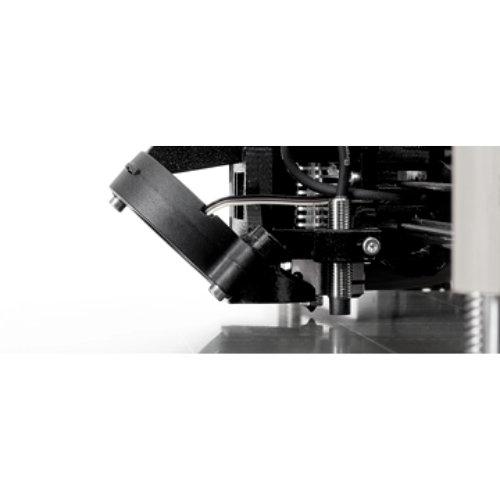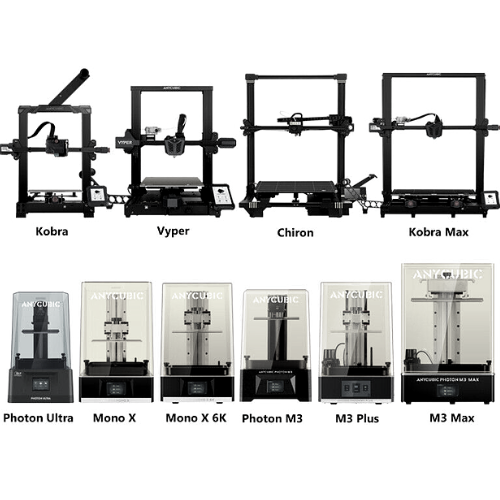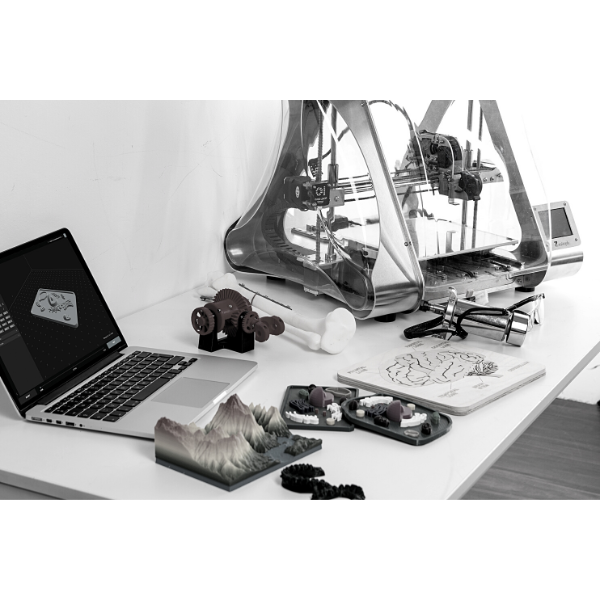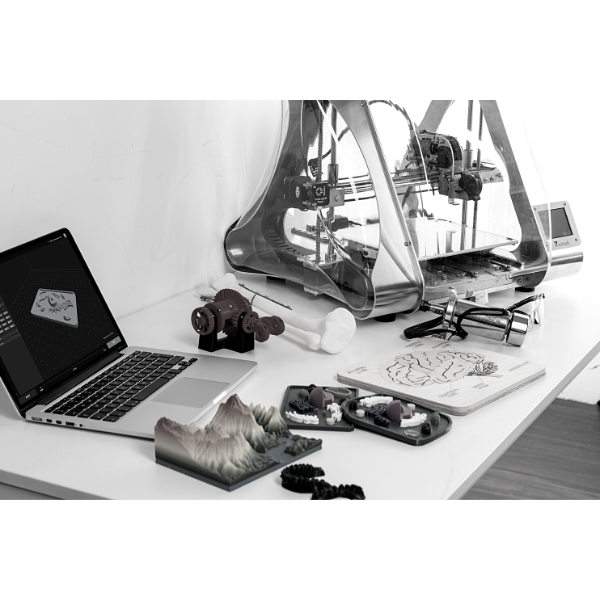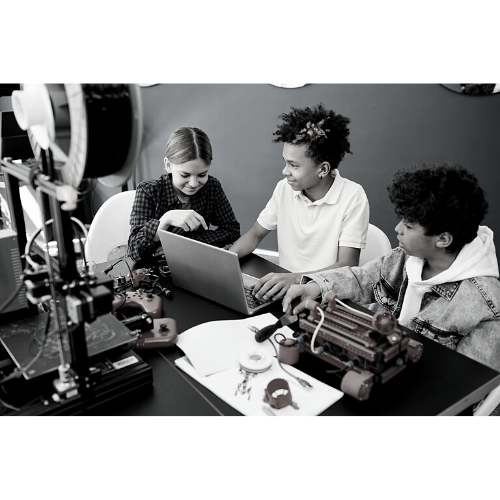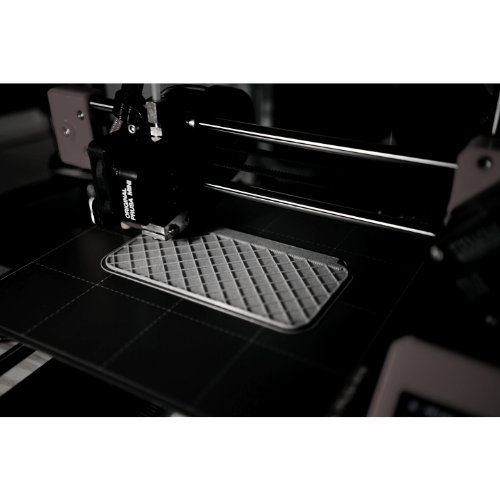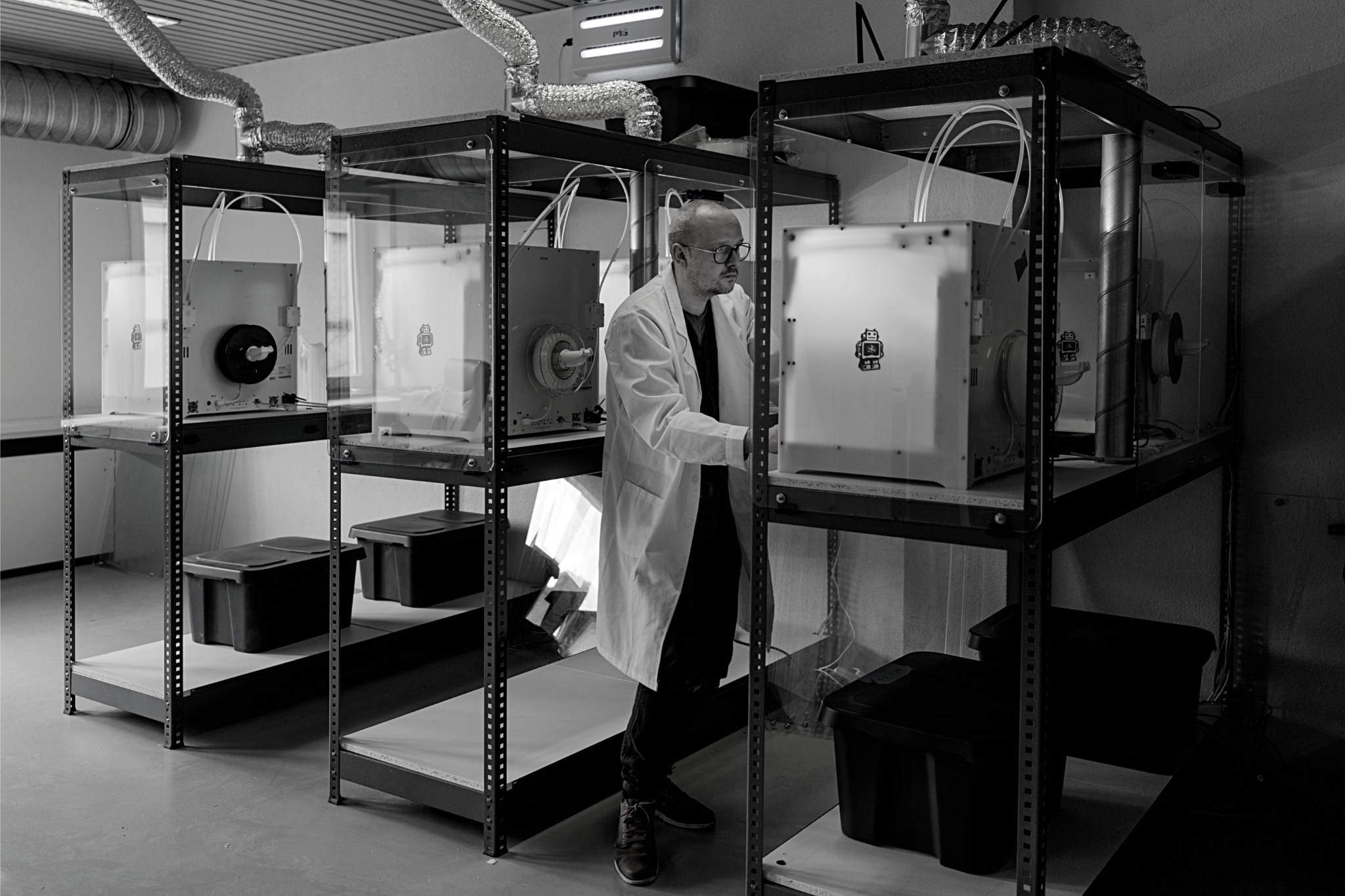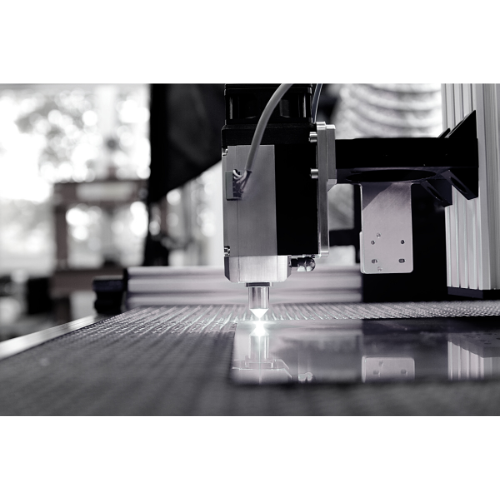ELEGOO is a brand in the 3D printing sector, especially renowned for its resin 3D printers. These printers, frequently used by hobbyists and professionals, offer high-quality printing at competitive prices.
Comparing 3D Printing and Injection Molding
3D printing is often mentioned as an alternative to injection molding? In this post we take a deeper look at differences between these two technologies. Learn whether 3D printing or injection molding is more cost-effective for your project and find out how to make the best decision for your business.
Anycubic 3D Printers: Models, Prices and Opinions
In recent times, there has been an increasing accessibility to 3D printing. Anycubic, a Chinese firm, is one such manufacturer providing affordable, high-quality desktop 3D printers.
Understanding the Elements of FDM 3D Printers
Filament-based 3D printing requires the use of different materials and components, let’s find out together the common components needed for printing.
The Most Common File Formats for 3D Printing
The most common and universal file formats for 3D printing are STL and VRML. In this post we look at some of the most commonly used formats.
3D Printing Guide for Parents and Children
In this post, we will explore how to introduce children to the world of 3D printing, illustrate the crucial role it plays in children’s education, and finally, take a look at a cost estimate for getting a child started in 3D printing.
3D Printing Speed: Ranges and Technical Details
The speed at which a 3D printer can print depends on a number of factors, including the type of printer being used, the material being printed with, and the size and complexity of the object being printed.
Complete Guide to 3D Printing
Discover everything you need to know about 3D printing in this comprehensive guide. Learn about the operating principles, materials used, how to prepare the model for printing, the printing process, and possible applications.
Step-by-Step: Preparing Your 3D Design Files for Printing
In this post, we delve deeply into the process of preparing a design file for 3D printing, exploring every step from conceptualization to post-processing.

